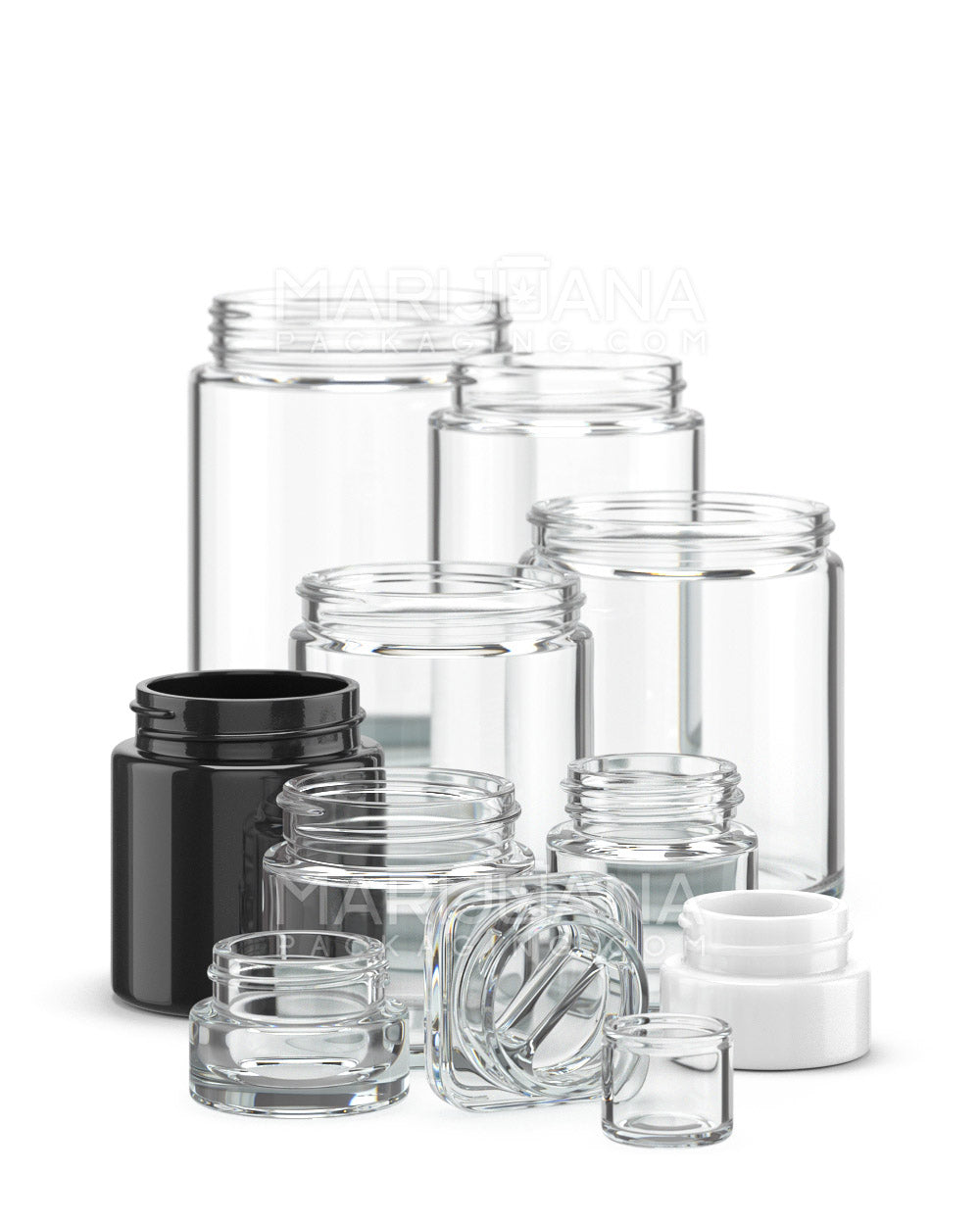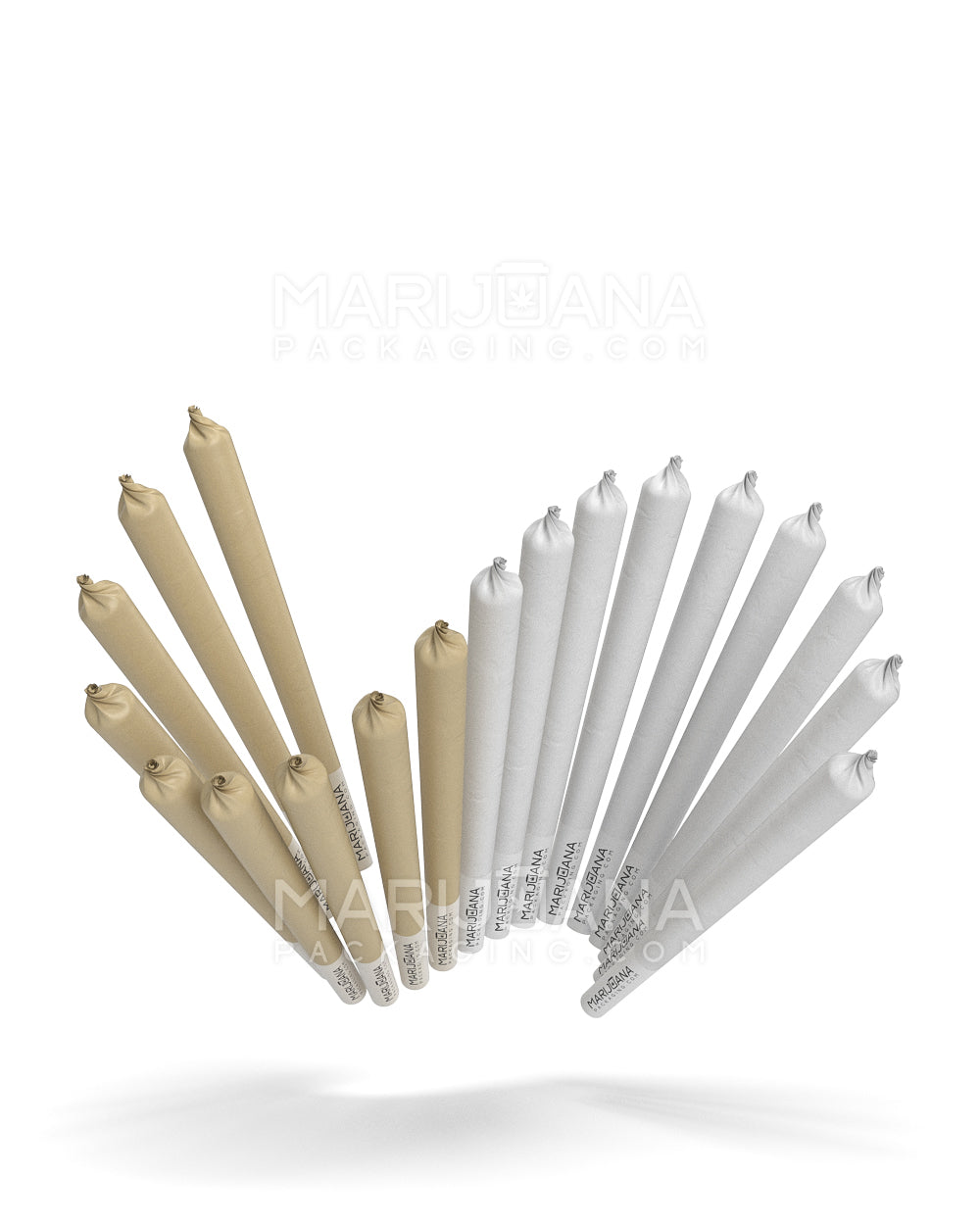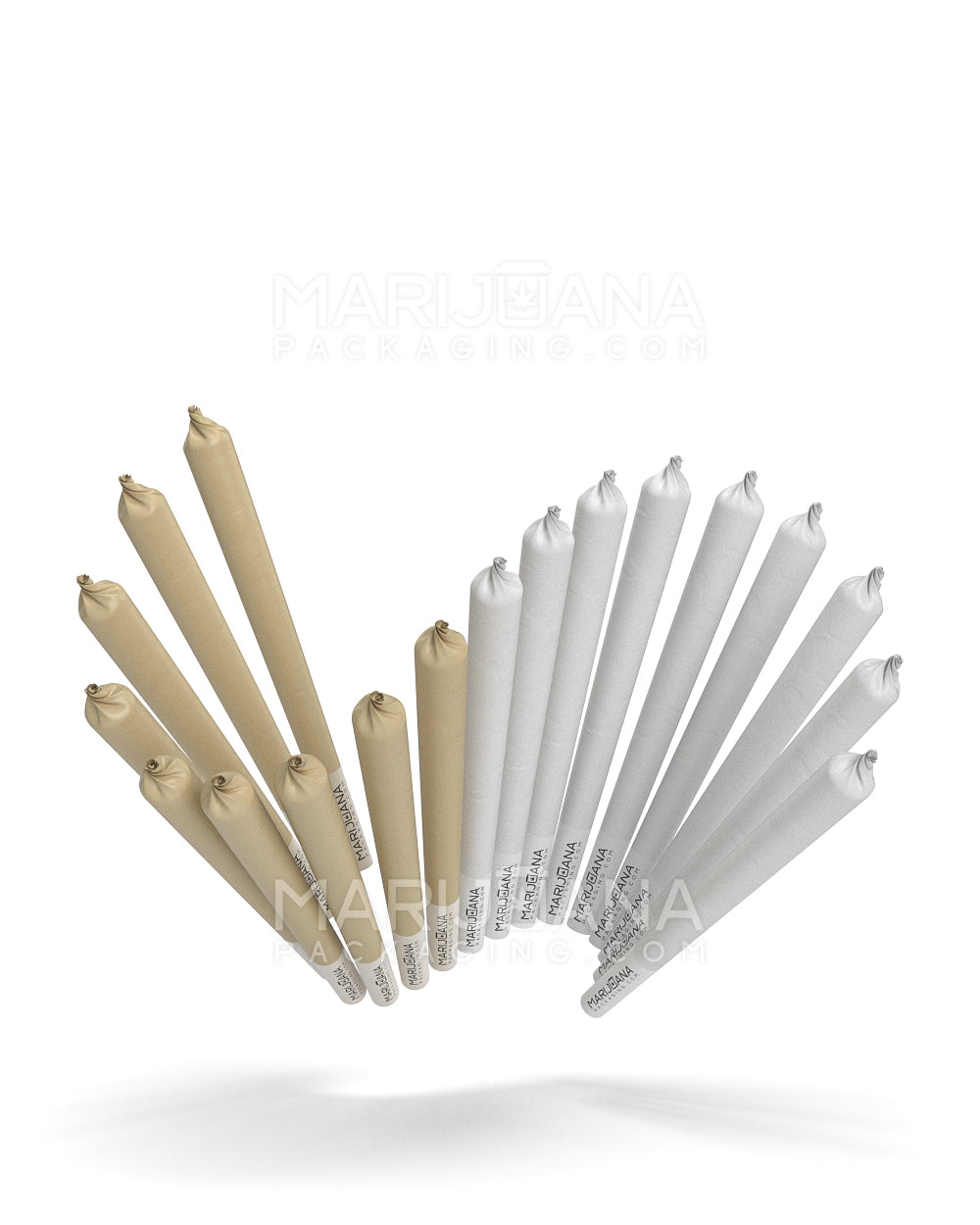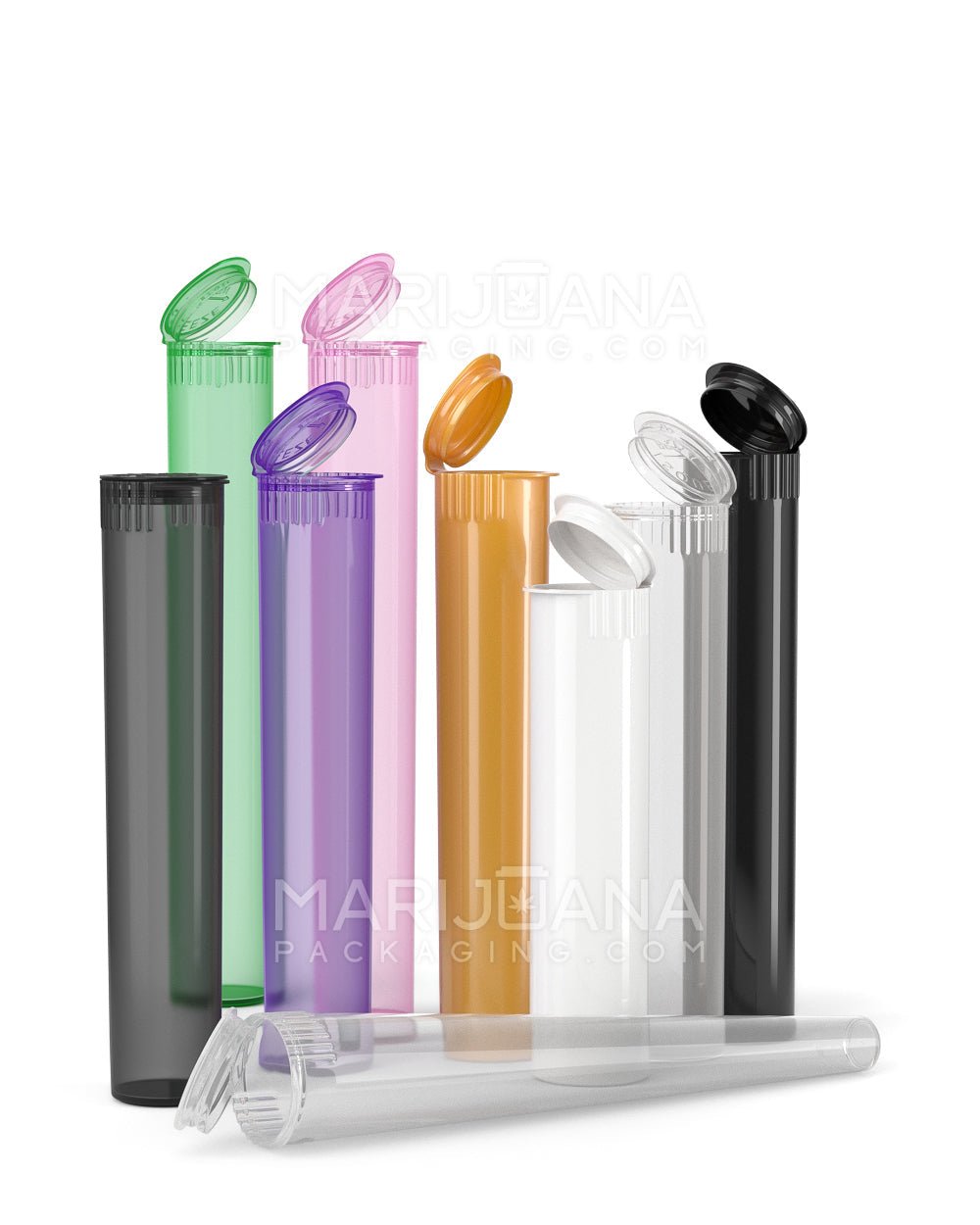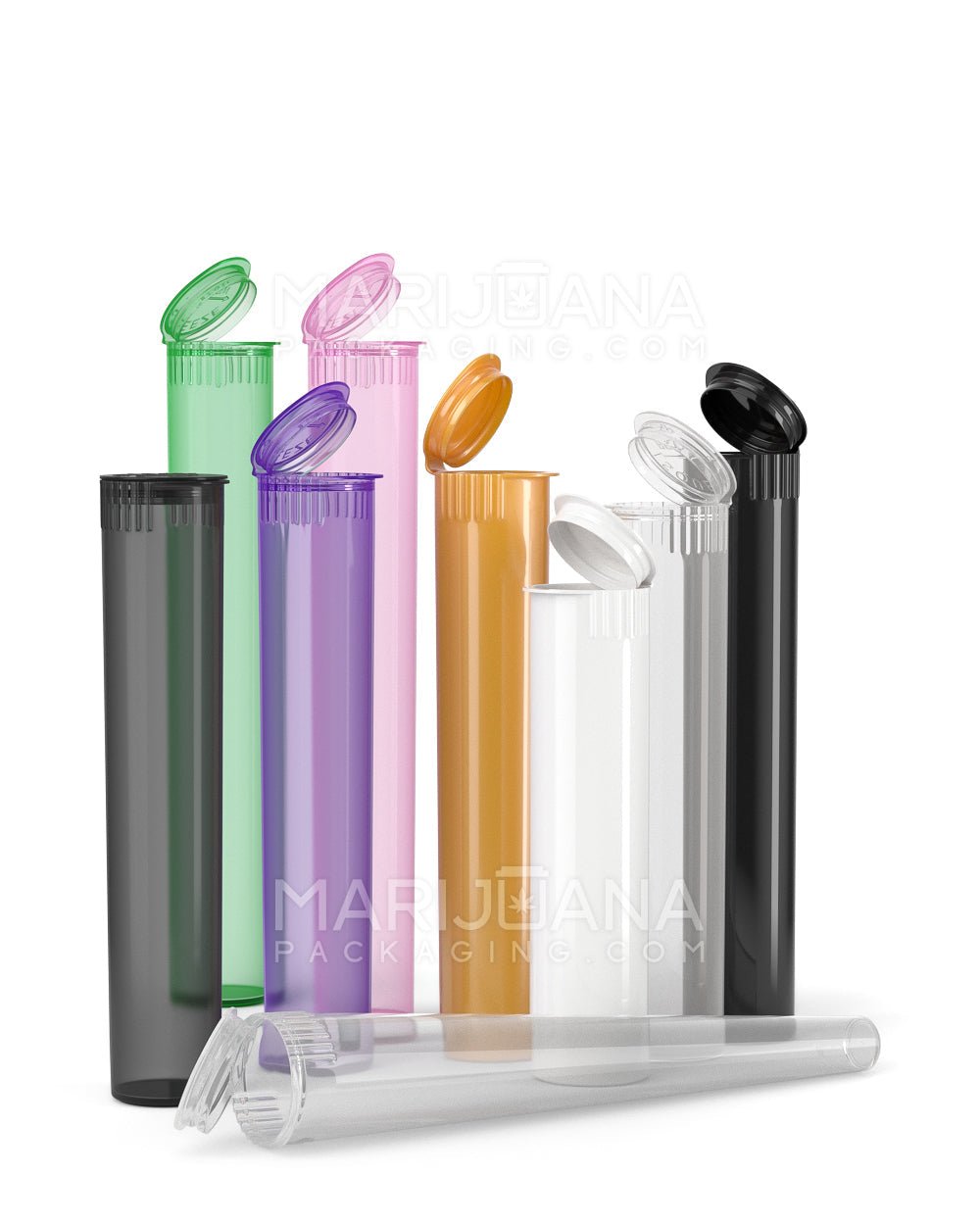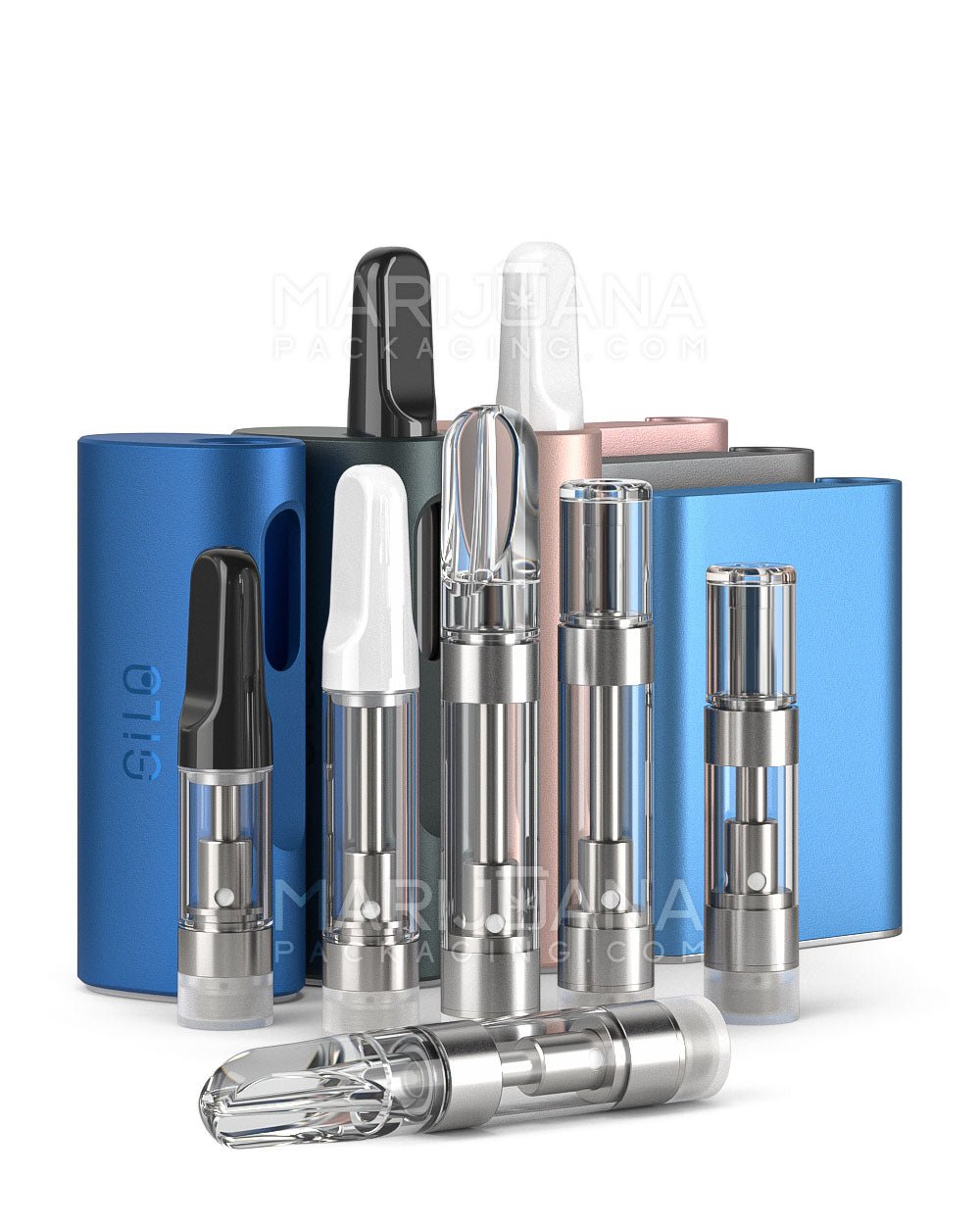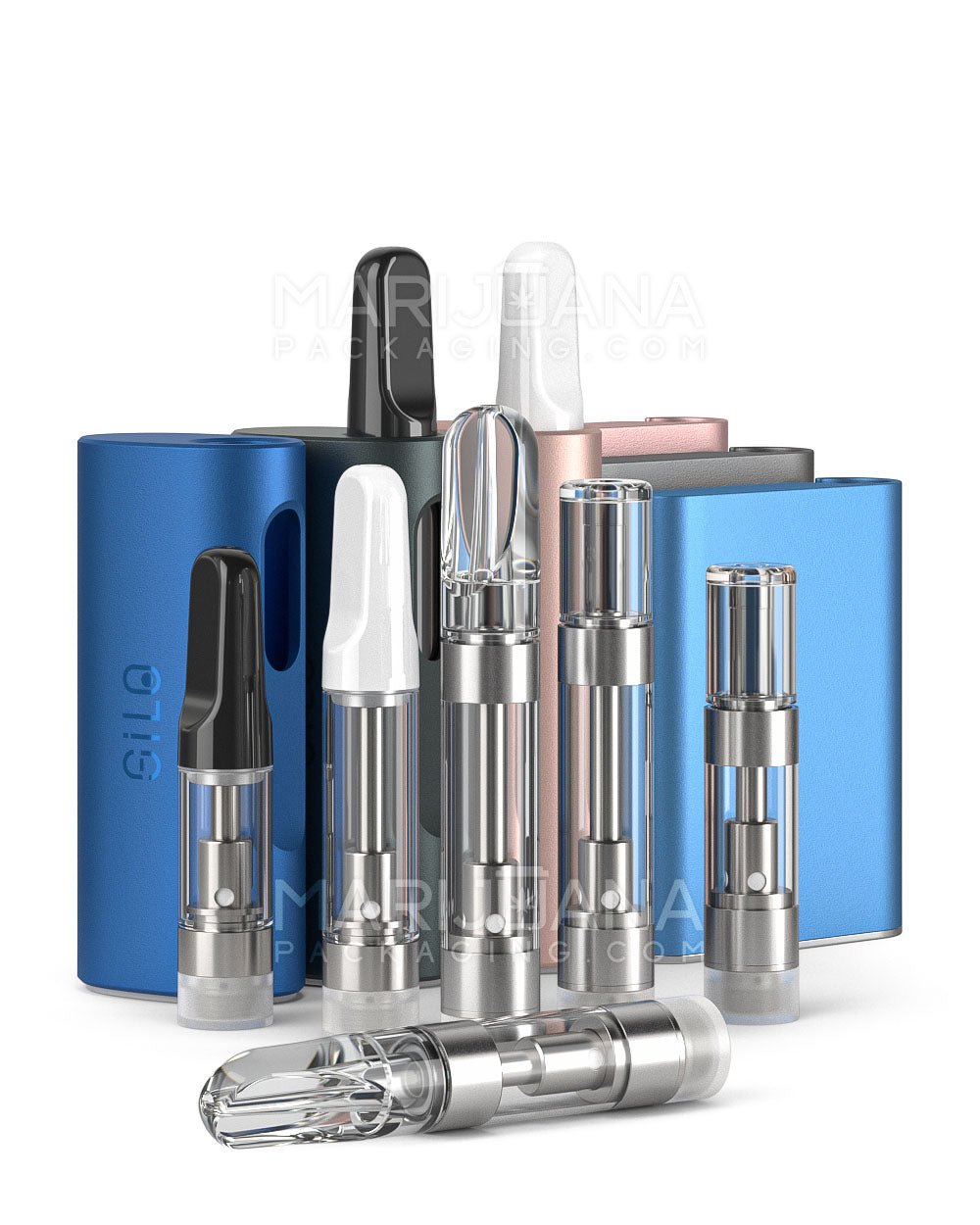Have you ever wondered what sets marijuana apart from other plants, or how to identify it at a glance? Whether you're a curious newcomer or a seasoned enthusiast, understanding the visual cues of marijuana can be both fun and educational. It's a bit like learning to recognize your favorite coffee blend by sight alone.
In this article, we'll explore what marijuana looks like, focusing on its distinctive features and how they vary among different strains. From the lush greens and exotic hues to the unique shapes and textures, marijuana has a visual language all its own. By the end of this read, you'll have a good grasp of what makes marijuana visually unique and how to identify it.
Recognizing the Leaves
One of the first things people notice about marijuana is its iconic leaves. The leaves are usually a vivid green, though some strains may exhibit varying shades, including hints of purple, blue, or even red. These colors are not just for show; they're a reflection of the plant's genetics and growing conditions.
The classic marijuana leaf typically consists of five to nine leaflets, each with serrated edges. Imagine a hand with fingers spread wide, and you'll get the idea. The number of leaflets can vary, but seven is a common number for mature leaves. Sometimes, younger plants will have fewer leaflets, but they grow more as the plant matures.
- Color Variations: While green is standard, some strains develop purple or reddish hues due to cool growing conditions or specific genetics.
- Shape and Size: Leaves can be broad or narrow, depending on whether the strain is Indica or Sativa.
- Texture: Healthy leaves are usually glossy, but environmental stress can cause them to look dull or feel brittle.
In summary, the leaves are a significant indicator of a marijuana plant's health and type, providing a first glimpse into what lies ahead in terms of the plant's growth and characteristics.
Examining the Buds
If the leaves are the first impression, the buds are the main attraction. Marijuana buds, or flowers, are where the magic happens. They're dense, sticky, and packed with cannabinoids that give marijuana its effects. The size and shape of buds vary widely, influenced by the plant's genetics and growing environment.
Typically, buds are covered in sticky trichomes, which are tiny, crystal-like structures that produce cannabinoids and terpenes. These trichomes are why some buds appear to be dusted with powdered sugar. Let's break down what to look for:
- Size and Density: Indica strains often produce denser, chunkier buds, while Sativa strains tend to have lighter, airier buds.
- Color: While green is common, buds can also show shades of purple, orange, or red, often accented by the color of the pistils.
- Trichomes: The more trichomes, the more potent the bud is likely to be. They should be milky or amber in color when harvested at peak potency.
Understanding the physical characteristics of marijuana buds can help you assess their quality and potency, making it easier to choose the right strain for your needs.
Identifying Pistils and Stigmas
Pistils and stigmas are another notable feature of marijuana plants. They are the reproductive parts of the female plant, appearing as hair-like strands that emerge from the buds. Initially, they are white, but as the plant matures, they change color, usually turning orange, red, or brown.
These features may not contribute to the plant's potency, but they can indicate the plant's readiness for harvest. Here's how to interpret what you see:
- Color Change: When roughly 70-80% of the pistils have darkened, it's often a sign the plant is ready for harvest.
- Density: A higher density of pistils usually indicates a healthier, better-developed bud.
- Length: Longer pistils can sometimes mean more mature buds, but this varies with strain.
Recognizing these subtle cues can help growers determine the right time to harvest, ensuring the best possible quality and potency of the buds.
Spotting Stems and Nodes
While leaves and buds steal the show, stems and nodes are the backbone of a marijuana plant. They provide support and transport nutrients throughout the plant. Understanding their role and appearance can offer insights into the plant's overall health and growth patterns.
Nodes are the points on a stem where leaves and branches grow. In the early stages, identifying male from female plants is crucial, as only females produce buds. Here's what to look for:
- Stem Thickness: Thicker stems generally indicate a robust, healthy plant.
- Internode Spacing: Shorter spaces between nodes often suggest a plant that will produce denser buds, typical of Indica strains.
- Color: Stems are usually green, but some strains may show purple or red hues.
By examining the stems and nodes, you can gain a better understanding of the plant's growth habits and predict the quality of its yield.
Appreciating Trichomes
Trichomes are the tiny, crystal-like structures that cover the surface of marijuana buds. They're not only beautiful to look at but are also vital to the plant's therapeutic and psychoactive properties. These glandular structures produce cannabinoids like THC and CBD, as well as aromatic compounds called terpenes.
Here's how to evaluate trichomes:
- Appearance: They should look like tiny, sparkling crystals under a microscope or magnifying glass.
- Color: Clear trichomes indicate it's too early to harvest, while milky or amber trichomes suggest peak potency.
- Density: A thick layer of trichomes usually means a more potent plant.
Trichomes are a visual indicator of a plant's quality and potency, helping both growers and consumers gauge the effects of a particular strain.
Observing Color Variations
The color of marijuana can be as varied as a painter's palette. While green is the standard, many strains exhibit a range of colors, from deep purples to bright oranges. These colors are influenced by genetics and growing conditions, such as temperature and pH levels.
Here are some common color variations:
- Purple: Often caused by cool night temperatures or specific strains, purple hues can be found in both leaves and buds.
- Orange and Red Hairs: These are the pistils, which change color as the plant matures.
- Frosty White: This is due to a dense covering of trichomes, indicating a potent strain.
Appreciating these color variations can enhance your experience, giving you visual clues about a strain's characteristics and potential effects.
Evaluating Aroma and Flavor
While not a visual characteristic, the aroma and flavor of marijuana are closely tied to its appearance. The terpenes produced by trichomes give each strain its unique scent and taste, from earthy and musky to sweet and fruity.
Here's how aroma and flavor correlate with appearance:
- Colorful Buds: Strains with vibrant colors often have complex, rich aromas and flavors.
- Sticky Trichomes: The stickier the buds, the more terpenes they contain, leading to a stronger aroma.
- Unique Shades: Certain color variations, like purple, are often associated with specific flavors, such as berry or grape.
By understanding the connection between appearance and aroma, you can better predict the sensory experience a strain will provide.
Recognizing Different Strains
Marijuana comes in many different strains, each with its unique appearance and effects. Generally, strains fall into three categories: Indica, Sativa, and Hybrid. Their visual characteristics can provide hints about their effects and uses.
Here's a quick guide to identifying strains by appearance:
- Indica: Typically, Indica plants are short and bushy, with wide leaves. Buds are dense and compact.
- Sativa: These plants are taller and have narrow leaves. Buds are often light and airy.
- Hybrid: Combining traits from both Indica and Sativa, hybrids can vary widely in appearance, depending on their genetic makeup.
Recognizing these differences can help you choose the right strain for your needs, whether you're seeking relaxation or a burst of energy.
Final Thoughts
In conclusion, understanding what marijuana looks like involves recognizing its leaves, buds, trichomes, and more. Each part of the plant offers clues about its quality, potency, and effects. Whether you're a grower or a consumer, knowing these visual cues can enhance your appreciation and selection of marijuana.
When it comes to packaging your marijuana products, Gamut is an invaluable partner. With over a decade of expertise in packaging, Gamut offers a comprehensive range of solutions to suit any need, from jars and bags to custom designs. Their full-scale services ensure your brand stands out, making your products as attractive as they are effective. Whether you're looking for stock options or tailored solutions, Gamut runs the gamut to meet your packaging needs, ensuring your brand leaves a lasting impression.











